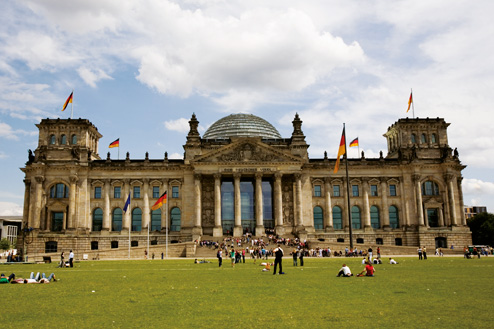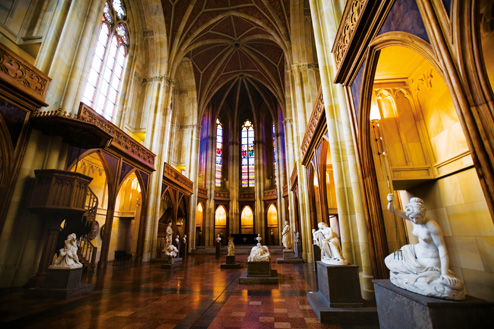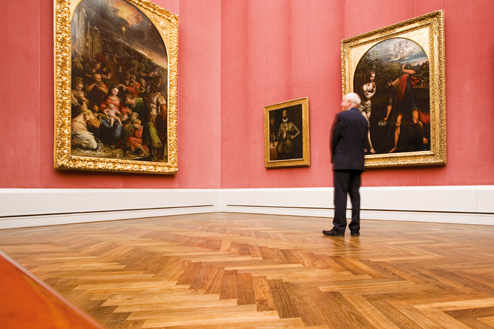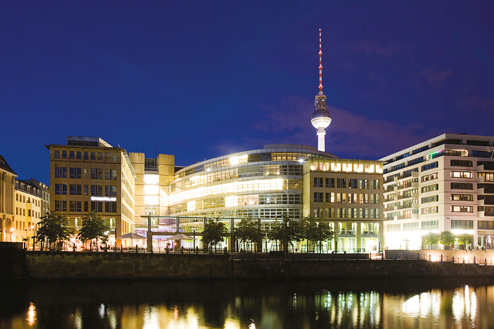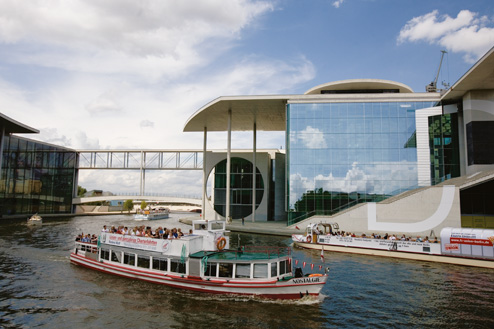Rügen
The Baltic island of Rügen is closer to Berlin than any other major destination on the German coast, and was once the favourite holiday spot for GDR citizens. As Germany’s largest island, it still draws plenty of visitors in July and August. There are certainly a lot of older visitors, but a handful of young families and students keep it from feeling overwhelmingly geriatric. The island is distinctly Nordic in flavour, and summer beachgoers sit in wicker beach baskets to shield themselves from the wind. The island’s landscape is beautiful, with chalk cliffs and a rugged coastline, which is good, as there’s really nothing to do on Rügen other than enjoy the nature – you certainly wouldn’t come here for the nightlife. The most attractive scenery can be found in Jasmund National Park, along the north-east coast. Be aware that many of the sunbathers reclining on the island’s wide white beaches carry on the GDR tradition of Freikörperkultur (nudism). Most visitors stay in a few resorts clustered along the island’s east coast. Most accommodation on the island is in private homes, arranged through local tourist offices, though camping is also a popular option and campsites are plentiful. Be sure to book accommodation ahead in July and August. The island’s largest selection of places to eat is in Binz, one of the main resort towns. There are two other towns – Sellin and Göhren – both of which are significantly smaller. Rügen is only narrowly separated from the mainland and is easily reached by car or train. Coming from Berlin by train, you will probably have to change in nearby Straslund, for a total journey of three to four hours. Driving takes about three hours.

